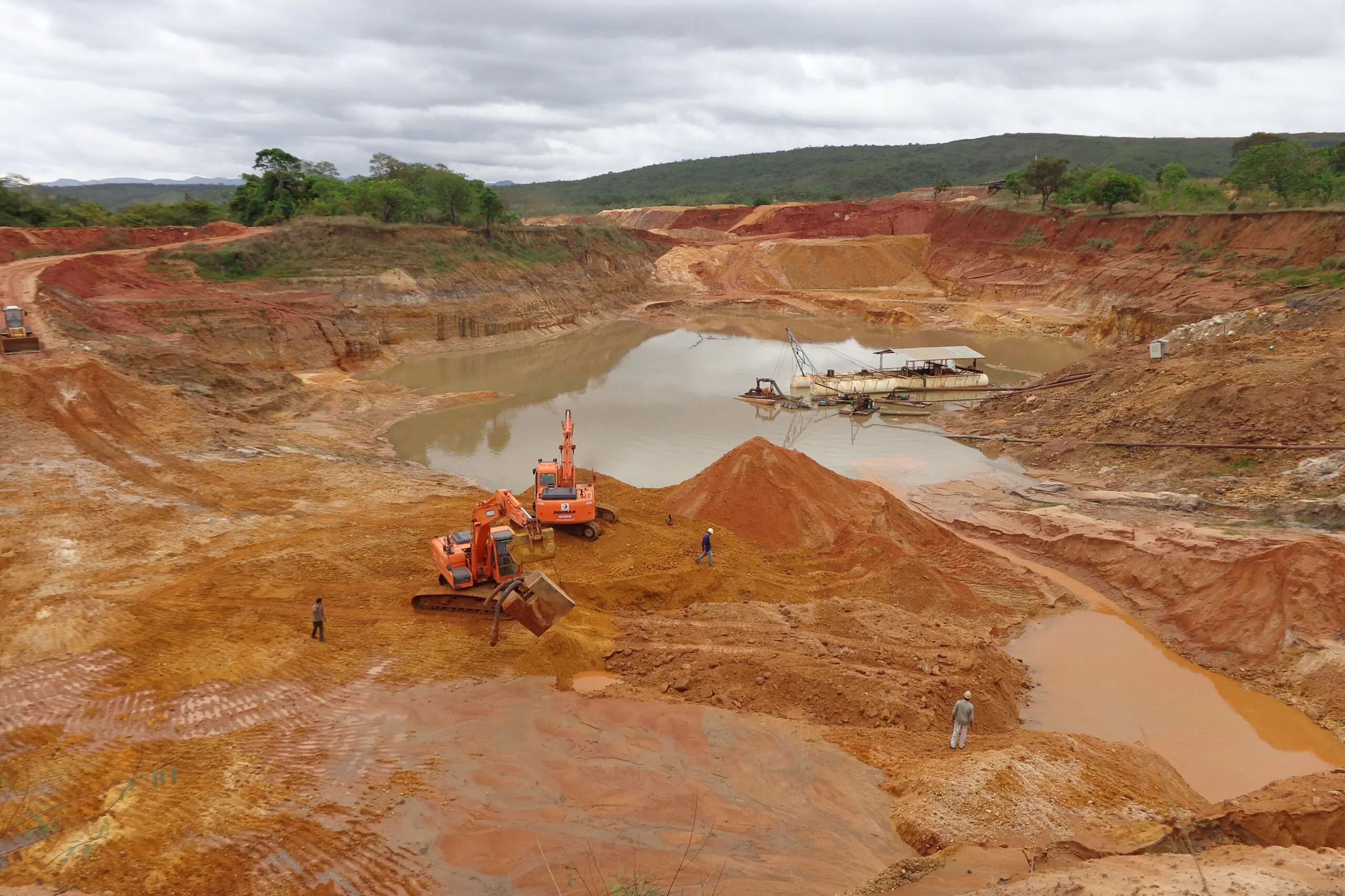The rare earth elements (“REE”) are on the list of the 35 minerals considered critical to the economic and national security of the United States as first published by the U.S. Department of the Interior on May 18, 2018. REEs consist of the lanthanide series (lanthanum, cerium, praseodymium, neodymium, promethium, samarium, europium, gadolinium, terbium, dysprosium, holmium, erbium, thulium, ytterbium, and lutetium) as well as scandium and yttrium. REEs are classified as “light” and “heavy” based on atomic number. Light REEs (LREEs) are comprised of lanthanum through gadolinium (atomic numbers 57 through 64). Heavy REEs (HREEs) are comprised of terbium through lutetium (atomic numbers 65 through 71) and yttrium (atomic number 39), which has similar chemical and physical attributes to the HREEs. Neodymium and praseodymium are key critical materials in the manufacturing of magnets that have the highest magnetic strength among commercially available magnets and enable high energy density and high energy efficiency in diverse uses. Dysprosium and terbium are key critical materials often added to the magnet alloys to increase the operating temperature. HREEs tend to be less abundant and more expensive than LREEs.
